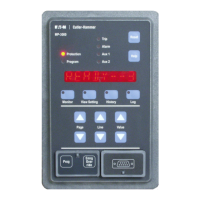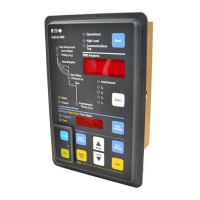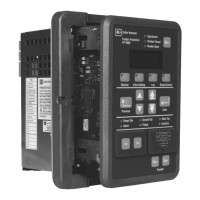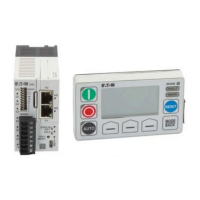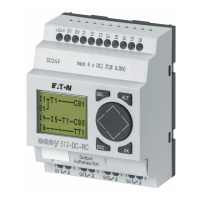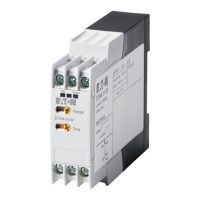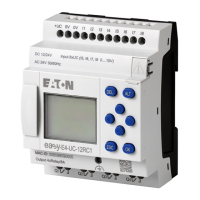I.B. 17555C
Effective November 1999
Page 32
SECTION 4: APPLICATION
CONSIDERATIONS
4-1 ZONE INTERLOCKING CAPABILITIES
To minimize damage to the system, faults should be
cleared as quickly as possible. Zone selective interlock-
ing provides this capability better than a system with only
selective coordination.
When the “Ground Zone Interlocking” feature is utilized,
an immediate trip is initiated when the fault is in the
breaker’s zone of protection, regardless of its preset time
delay. When the “Phase Zone Interlocking” feature is uti-
lized, the inverse time overcurrent and short delay phase
elements work as follows. The short delay phase element
will initiate an immediate trip when the fault is in the
breaker’s zone of protection, regardless of its preset time
delay. For the inverse time overcurrent phase ele-
ment, the current sensed by the Digitrip 3000 must
exceed 300 percent (3 x I
n
) for the zone selective
interlocking to initiate an immediate trip signal. This
interlocking signal requires only a pair of wires from the
downstream breaker to the upstream breaker.
When a Digitrip 3000 initiates a trip signal, the zone inter-
locking signal stays active for an additional 175 millisec-
onds. Therefore, if a downstream Digitrip 3000 is zone
interlocked to an upstream Digitrip 3000, the downstream
breaker will have 175 milliseconds to clear the fault
before the upstream Digitrip 3000 is allowed to react to
that same fault.
Zone interlocking, therefore, provides fast tripping in the
zone of protection, but gives positive coordination
between mains, feeders and downstream breakers. For
faults outside the zone of protection, the Digitrip 3000 on
the breaker nearest the fault sends an interlocking signal
to the Digitrip 3000 protective devices of the upstream
breakers. This interlocking signal restrains tripping of the
upstream breakers until their set coordination times are
reached. Thus zone interlocking, applied correctly, can
result in minimum damage with a resultant minimum dis-
ruption of service.
Zone selective interlocking is available on Digitrip 3000
Protective Relays for the inverse time and short time
functions on the phase and ground elements. Refer to
Figure 4-1 for a typical phase zone selection interlocking
wiring diagram or refer to Figure 4-2 for a typical ground
zone selection interlocking wiring diagram.

